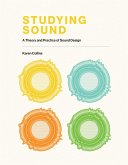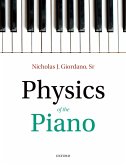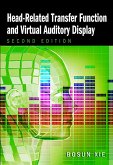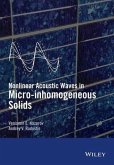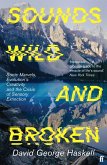In John Tyndall's work 'Sound,' the author delves into the fundamental principles of acoustics with a focus on the physical properties of sound waves. Written in a clear and accessible style, Tyndall explores how sound is produced, propagated, and perceived in various mediums. Drawing on scientific experiments and observations, he provides detailed explanations on topics such as vibration, pitch, and resonance, making this book a valuable resource for students and scholars interested in the science of sound. Tyndall's work reflects the broader intellectual movement of the 19th century that sought to understand natural phenomena through empirical research and rigorous scientific inquiry. John Tyndall, a prominent physicist and contemporary of renowned scientists like Charles Darwin and James Clerk Maxwell, was known for his groundbreaking research on heat, light, and sound. His expertise in experimental physics and his passion for knowledge drive the insightful exploration found in 'Sound.' Tyndall's meticulous attention to detail and keen observation skills are evident throughout the book, showcasing his dedication to advancing scientific understanding. I highly recommend 'Sound' to readers looking to deepen their understanding of acoustics and the nature of sound. Tyndall's comprehensive and enlightening work serves as a timeless contribution to the field of physics, making it essential reading for anyone interested in the science behind the sounds we encounter in our daily lives.
Dieser Download kann aus rechtlichen Gründen nur mit Rechnungsadresse in A, B, BG, CY, CZ, D, DK, EW, E, FIN, F, GR, H, IRL, I, LT, L, LR, M, NL, PL, P, R, S, SLO, SK ausgeliefert werden.



